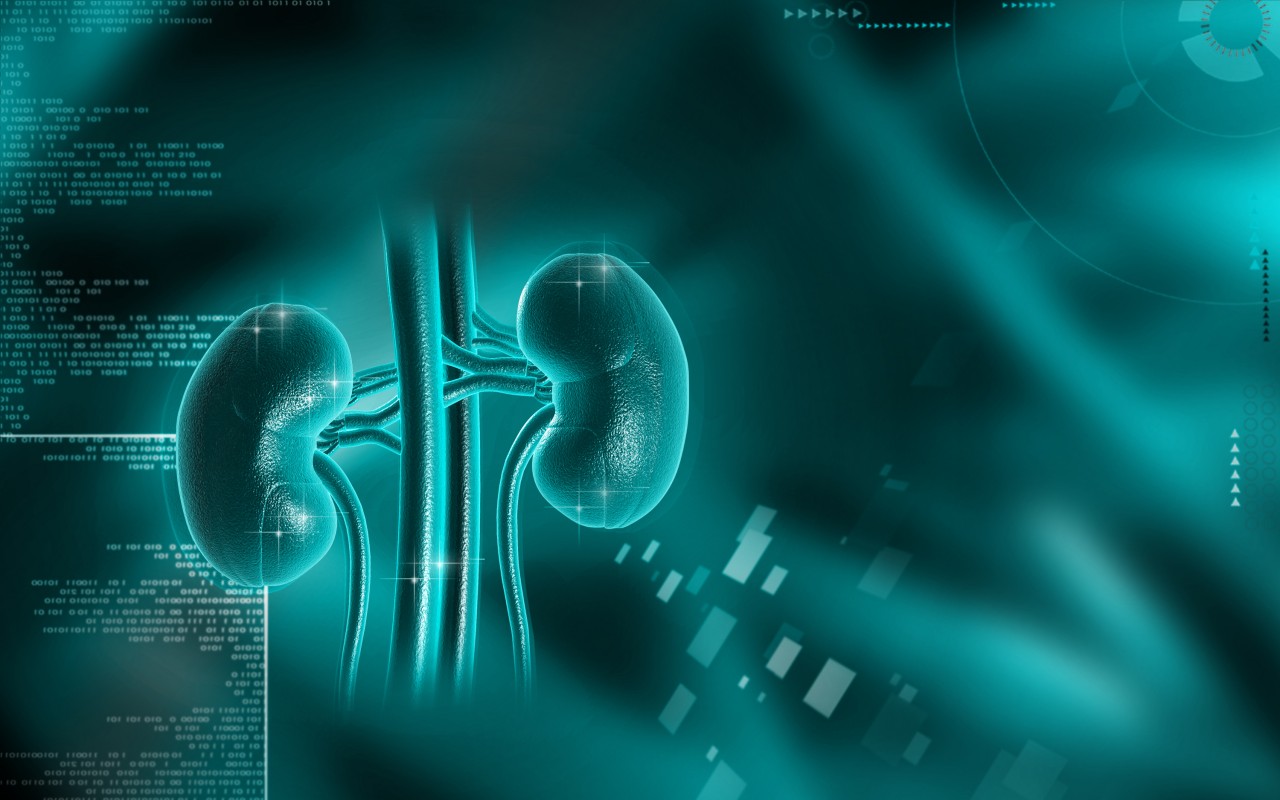A study recently published in the journal Nature Medicine revealed a new potential therapeutic target for kidney fibrosis and associated disorders like chronic kidney disease (CKD). The study is entitled “Epithelial-to-mesenchymal transition induces cell cycle arrest and parenchymal damage in renal fibrosis”, and was conducted by researchers at the University of Texas M.D. Anderson Cancer Center and the Göttingen University Medical Center in Germany.
Kidney fibrosis is characterized by the progressive deposition of connective tissue and organ inflammation caused by the kidney’s limited capacity to regenerate after an injury. The condition impacts millions of people worldwide and can lead to the deterioration of the kidney, and even death. In fact, around 40% of all deaths due to kidney failure are linked to fibrosis. Kidney fibrosis typically occurs in every type of chronic kidney disease (CKD), a medical condition characterized by the gradual loss of kidney function over time.
The main mechanism of kidney fibrosis is a process called epithelial-to-mesenchymal transition (EMT), where epithelial cells are transformed into mesenchymal fibroblasts. Researchers have now suggested EMT as a potential therapeutic target to reverse kidney disease.
“Our work shows that damaged kidney cells respond by undergoing EMT to protect themselves from further damage but in the process, develop long-term damage due to fibrosis, a form of chronic wound healing,” explained the study’s senior author Dr. Raghu Kalluri in a news release. “Each adult kidney cell behaves like an embryonic cell, losing the ability to perform important tasks that keep the organ functional.”
“With kidney fibrosis, EMT impacts tubular epithelial cells (TECs),” noted Dr. Kalluri. TECs play a key role in the repair and regeneration of injured tissues. The team found that injured TECs activate genes like Twist1 and Snai1 to trigger EMT, which in turn limits their repair and regeneration ability. Deletion of Twist1 or Snai1 in mice models was found to inhibit EMT and restore TEC proper functioning, including cell proliferation, repair and regeneration of the kidney tissue, and mitigation of interstitial fibrosis.
“Genetic deletion of these genes in TECs resulted in inhibition of the EMT program,” said the study’s co-lead author Dr. Valerie LeBleu. “This inhibition led to preservation of TEC integrity, restored cell proliferation and other processes, and restored the adult function of these cells.”
The research team concluded that inhibition of the EMT process in TECs during kidney injury is a potential anti-fibrotic therapy.
“Our experiments offer evidence for the functional relevance and importance of an EMT program in the progression of chronic kidney injury, and they support the notion that the EMT program, while indispensable for the proper growth of the embryos, is harmful in this setting and therefore a viable therapeutic strategy for protecting functional parenchyma in kidney fibrosis,” concluded Dr. Kalluri. “In 2003, we demonstrated that EMT can be targeted to reverse kidney disease and fibrosis. The current study provides compelling genetic findings about that concept and new ideas for anti-fibrosis therapy. It reveals that inhibition of EMT in TECs during chronic kidney injury represents a potential anti-fibrosis therapy. It would be a significant advance in how this illness is treated and could potentially save many lives.”

